In the world of injection molding, especially when dealing with TPE (thermoplastic elastomer) soft rubber materials, the design of the gate is a critical aspect that significantly affects the quality, appearance and functionality of the final product. As someone who has been deeply involved in the injection molding industry for many years, I am happy to share my insights on how to effectively design the gate for TPE soft rubber injection molding products.
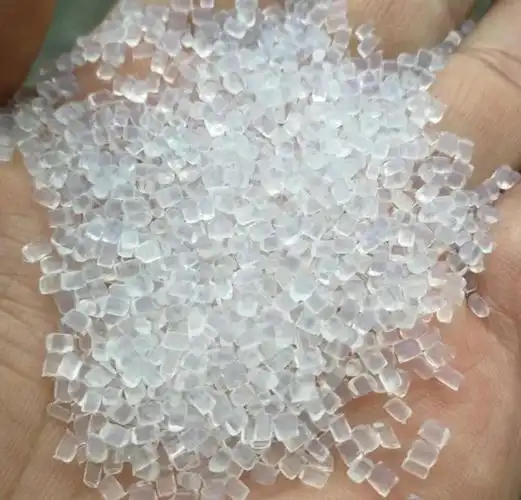
Understanding TPE Soft Rubber and Its Characteristics
Before diving into gate design, it’s essential to understand the unique characteristics of TPE soft rubber. TPE is a versatile material that combines the elasticity of rubber with the processability of thermoplastics. It offers excellent flexibility, durability, and resistance to wear and tear, making it a popular choice for a wide range of applications, from automotive parts to consumer electronics.
However, TPE also presents some challenges in injection molding due to its low viscosity, high elasticity, and sensitivity to temperature and shear stress. These characteristics require careful consideration when designing the gate to ensure optimal material flow, minimize defects, and achieve the desired product quality.
Importance of Gate Design in TPE Injection Molding
The gate is the small opening through which the molten TPE material is injected into the mold cavity. Its design plays a crucial role in several aspects of the injection molding process:
Material Flow: The gate’s size, shape, and location influence how the molten TPE material fills the mold cavity. A well-designed gate ensures smooth, even flow, reducing the risk of air traps, weld lines, and other defects.
Product Quality: The gate’s design affects the surface finish, dimensional accuracy, and mechanical properties of the final product. A poorly designed gate can lead to surface imperfections, warpage, or reduced strength.
Cycle Time: The gate’s efficiency in filling the mold cavity impacts the overall cycle time of the injection molding process. An optimized gate design can reduce cycle time, increasing productivity and reducing costs.

Types of Gates Suitable for TPE Soft Rubber Injection Molding
There are several types of gates commonly used in injection molding, each with its own advantages and disadvantages. When it comes to TPE soft rubber, certain gate types are more suitable due to the material’s characteristics. Here are some of the most commonly used gate types for TPE injection molding:
1. Edge Gate
The edge gate is a simple and widely used gate type. It is located at the edge of the part and is typically rectangular or circular in shape. The edge gate is easy to machine and provides good material flow control. However, it may leave a visible gate mark on the part’s surface, which may not be desirable for aesthetic applications.
Advantages:
Simple and easy to machine.
Provides good material flow control.
Suitable for a wide range of part sizes and shapes.
Disadvantages:
May leave a visible gate mark on the part’s surface.
Requires post-processing to remove the gate vestige.
2. Submarine Gate (Tunnel Gate)
The submarine gate, also known as a tunnel gate, is a type of gate that is located below the part’s surface. It is typically used for parts that require a high-quality surface finish without any visible gate marks. The submarine gate allows the molten TPE material to flow through a tunnel-like passage before entering the mold cavity, minimizing the risk of surface defects.
Advantages:
Leaves no visible gate mark on the part’s surface.
Provides excellent material flow control.
Suitable for parts with high aesthetic requirements.
Disadvantages:
More complex to machine compared to edge gates.
May require specialized tooling and equipment.
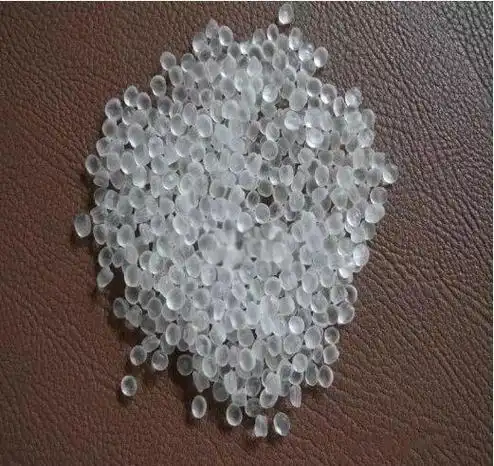
3. Fan Gate
The fan gate is a type of gate that is designed to distribute the molten TPE material evenly across a wide area of the mold cavity. It is typically used for large, flat parts that require uniform material distribution. The fan gate’s shape resembles a fan, with multiple thin channels that spread the material out as it enters the cavity.
Advantages:
Provides even material distribution across the mold cavity.
Reduces the risk of weld lines and air traps.
Suitable for large, flat parts.
Disadvantages:
More complex to machine compared to edge gates.
May require higher injection pressures to ensure proper filling.
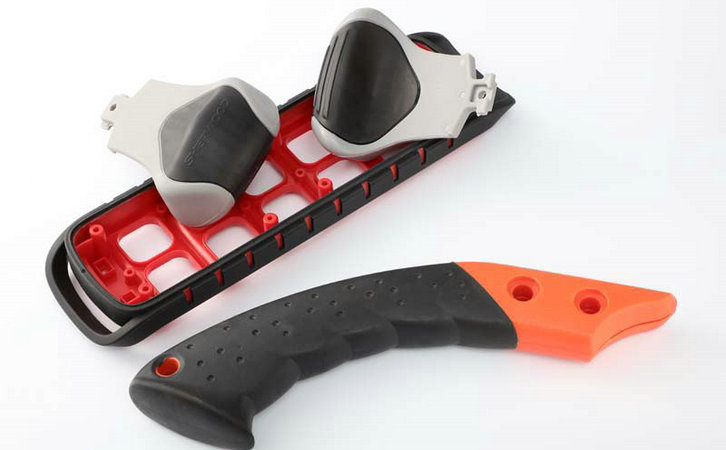
4. Hot Runner Gate
The hot runner gate is a type of gate that is integrated into a hot runner system. The hot runner system maintains the molten TPE material at a constant temperature throughout the injection molding process, reducing material waste and improving cycle times. The hot runner gate provides precise control over material flow and temperature, making it suitable for high-precision applications.
Advantages:
Reduces material waste by eliminating the need for runners.
Improves cycle times by maintaining a constant material temperature.
Provides precise control over material flow and temperature.
Disadvantages:
More expensive to implement compared to cold runner systems.
Requires specialized knowledge and expertise to operate and maintain.

Table: Comparison of Gate Types for TPE Soft Rubber Injection Molding
| Gate Type | Material Flow Control | Surface Finish Quality | Suitability for TPE |
|---|---|---|---|
| Edge Gate | Good | Moderate (may leave gate mark) | Suitable for general applications |
| Submarine Gate | Excellent | High (no visible gate mark) | Ideal for high-aesthetic applications |
| Fan Gate | Excellent (even distribution) | Moderate to High | Suitable for large, flat parts |
| Hot Runner Gate | Precise | High | Ideal for high-precision applications |
Design Considerations for TPE Soft Rubber Gates
When designing the gate for TPE soft rubber injection molding products, several factors need to be considered to ensure optimal performance and quality. Here are some key design considerations:
1. Gate Size and Shape
The size and shape of the gate are critical factors that influence material flow and product quality. For TPE soft rubber, a smaller gate size is generally preferred to minimize shear stress and prevent material degradation. However, the gate should not be too small, as this can lead to high injection pressures and potential material blockages.
The shape of the gate should also be carefully considered. A rounded or tapered gate shape can help reduce shear stress and improve material flow. Additionally, the gate’s length should be minimized to reduce the risk of material freezing off before the cavity is fully filled.
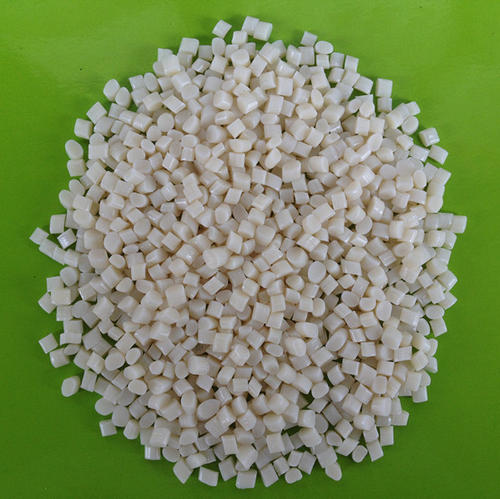
2. Gate Location
The location of the gate is another important design consideration. The gate should be placed in a position that allows for even material distribution and minimizes the risk of air traps and weld lines. For TPE soft rubber, it’s often beneficial to place the gate near the thickest section of the part to ensure proper filling and reduce the risk of sink marks.
Additionally, the gate’s location should be considered in relation to the part’s ejector pins and other features. The gate should not interfere with the ejection process or cause any damage to the part during demolding.
3. Material Flow Analysis
Before finalizing the gate design, it’s essential to perform a material flow analysis using mold flow simulation software. This analysis can help predict how the molten TPE material will flow through the mold cavity, identify potential defects, and optimize the gate design for optimal performance.
Mold flow simulation can also help determine the optimal injection pressure, temperature, and cycle time for the specific TPE material and part geometry. By using this data to refine the gate design, you can significantly improve the quality and consistency of your injection-molded TPE products.
4. Gate Material and Coating
The material and coating of the gate can also impact its performance and durability. For TPE soft rubber, it’s important to choose a gate material that can withstand the high temperatures and shear stresses associated with the injection molding process. Stainless steel or hardened tool steel are commonly used materials for gates due to their high strength and wear resistance.
Additionally, applying a specialized coating to the gate can help reduce friction and improve material flow. Coatings such as titanium nitride (TiN) or diamond-like carbon (DLC) can provide excellent wear resistance and reduce the risk of material sticking to the gate surface.

Real-World Examples and Best Practices
To further illustrate the importance of gate design in TPE soft rubber injection molding, let’s explore some real-world examples and best practices.
Example 1: Automotive Seal
An automotive manufacturer was experiencing issues with the surface finish and dimensional accuracy of a TPE soft rubber seal used in their vehicle’s door system. The seal had a visible gate mark on the surface, which was affecting its aesthetic appeal and functionality. After performing a material flow analysis and redesigning the gate to a submarine gate configuration, the manufacturer was able to eliminate the gate mark and improve the seal’s surface finish and dimensional accuracy.
Best Practice: For parts with high aesthetic requirements, consider using a submarine gate or other gate types that leave no visible gate mark on the part’s surface.
Example 2: Consumer Electronics Case
A consumer electronics company was struggling with warpage and sink marks on a TPE soft rubber case for their latest product. The case had a complex geometry with varying wall thicknesses, making it challenging to achieve even material distribution. After optimizing the gate design using mold flow simulation and implementing a fan gate configuration, the company was able to reduce warpage and sink marks, improving the case’s overall quality and appearance.
Best Practice: For parts with complex geometries or varying wall thicknesses, consider using a fan gate or other gate types that provide even material distribution across the mold cavity.
Example 3: Medical Device Component
A medical device manufacturer was facing challenges with the consistency and reliability of a TPE soft rubber component used in their product. The component had strict dimensional tolerances and required high precision and repeatability. After implementing a hot runner gate system and optimizing the gate design using mold flow simulation, the manufacturer was able to achieve consistent and reliable part quality, meeting the stringent requirements of the medical device industry.
Best Practice: For high-precision applications, consider using a hot runner gate system and performing a thorough material flow analysis to optimize the gate design for optimal performance.
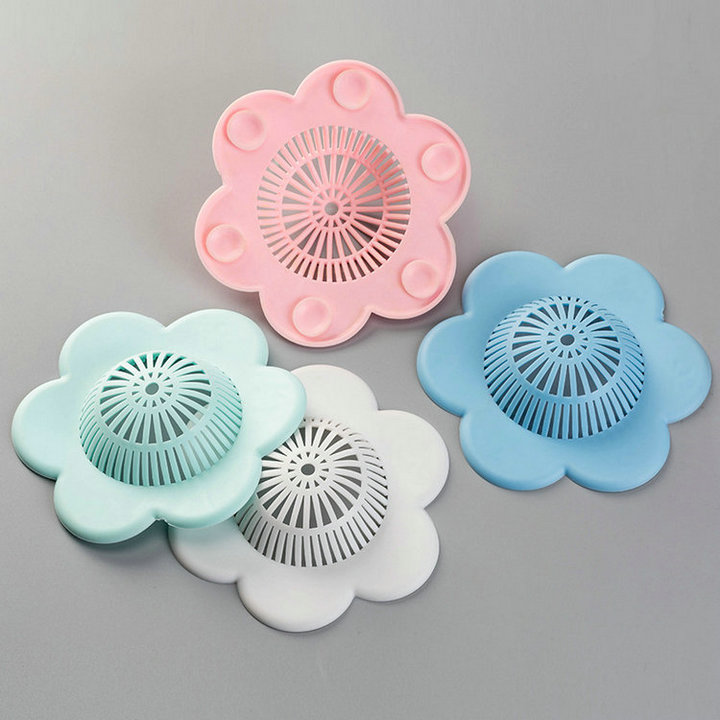
Troubleshooting Common Gate-Related Issues
Despite careful design and optimization, gate-related issues can still arise in TPE soft rubber injection molding. Here are some common issues and their potential solutions:
1. Gate Blush
Gate blush is a surface defect that occurs when the molten TPE material cools too quickly at the gate, causing a cloudy or hazy appearance. This can be caused by a gate that is too small, a low mold temperature, or an insufficient injection speed.
Solution: Increase the gate size, raise the mold temperature, or increase the injection speed to ensure proper material flow and cooling.
2. Gate Vestige
Gate vestige is the residual material left on the part’s surface after the gate is trimmed. This can be caused by a gate that is too large, a poor gate design, or an improper trimming process.
Solution: Reduce the gate size, optimize the gate design, or improve the trimming process to minimize gate vestige.
3. Material Degradation
Material degradation can occur when the molten TPE material is subjected to excessive shear stress or high temperatures during the injection molding process. This can lead to reduced mechanical properties and poor part quality.
Solution: Optimize the gate design to minimize shear stress, reduce the injection pressure, or lower the material temperature to prevent material degradation.
Final Thoughts
Designing the gate for TPE soft rubber injection molding products is a critical aspect that requires careful consideration of the material’s characteristics, part geometry, and production requirements. By understanding the different types of gates available, their advantages and disadvantages, and the key design considerations, you can create a gate design that ensures optimal material flow, minimizes defects, and achieves the desired product quality.
Remember to perform a material flow analysis using mold flow simulation software to predict and optimize the gate’s performance. Additionally, stay updated with the latest trends and technologies in injection molding to continuously improve your gate design and production processes.
By following these guidelines and best practices, you can create high-quality TPE soft rubber injection molding products that meet or exceed your customers’ expectations. Whether you’re in the automotive, consumer electronics, medical device, or any other industry that relies on TPE soft rubber, a well-designed gate is the key to success.
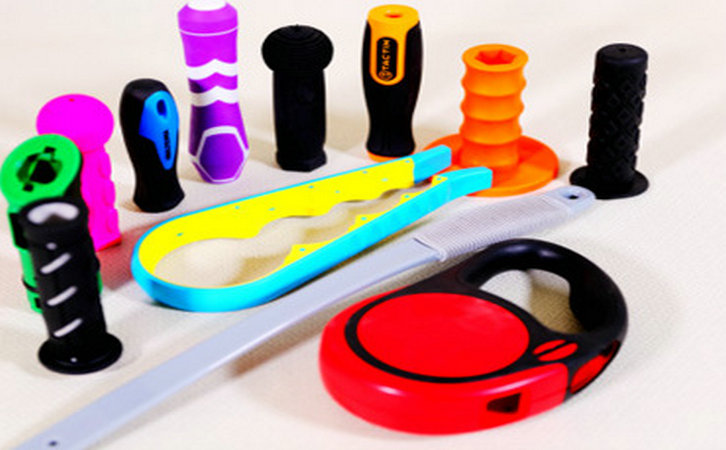
Related Questions
1. Can I use the same gate design for different TPE materials?
While some gate designs may be suitable for multiple TPE materials, it’s important to consider the specific characteristics of each material. Different TPE materials may have varying viscosities, melt temperatures, and shear sensitivities, which can impact the gate’s performance. It’s recommended to perform a material flow analysis for each specific TPE material to optimize the gate design accordingly.
2. How do I determine the optimal gate size for my TPE product?
The optimal gate size depends on several factors, including the part’s geometry, wall thickness, and material flow requirements. A general rule of thumb is to start with a smaller gate size and gradually increase it if necessary to achieve proper filling without causing material degradation or excessive injection pressures. Mold flow simulation can also help determine the optimal gate size for your specific application.
3. Can I change the gate design after the mold is already manufactured?
Changing the gate design after the mold is manufactured can be challenging and may require significant modifications to the mold. It’s generally recommended to finalize the gate design during the mold design phase to avoid costly and time-consuming modifications later on. However, in some cases, minor adjustments to the gate size or shape may be possible through post-processing techniques such as welding or machining.
4. How do I prevent material from sticking to the gate surface?
Material sticking to the gate surface can be caused by several factors, including high shear stress, inadequate gate material or coating, or improper mold temperature. To prevent material from sticking, consider using a gate material with high wear resistance, applying a specialized coating to the gate surface, and optimizing the mold temperature and injection parameters.
5. What are the benefits of using a hot runner gate system for TPE injection molding?
A hot runner gate system offers several benefits for TPE injection molding, including reduced material waste, improved cycle times, and precise control over material flow and temperature. By eliminating the need for runners, a hot runner system can also reduce the risk of material degradation and improve part quality. However, hot runner systems are more expensive to implement and require specialized knowledge and expertise to operate and maintain.





